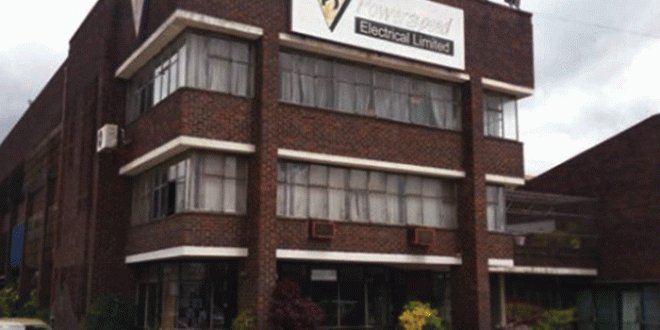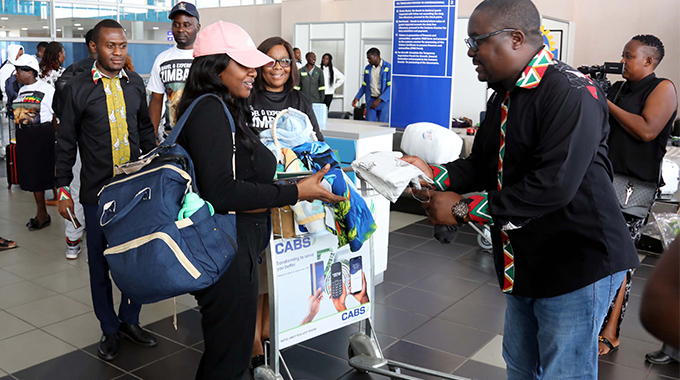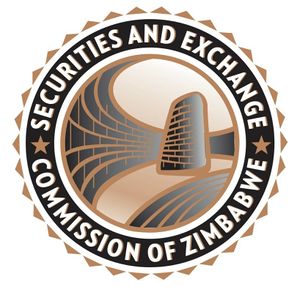GPS, digital systems to tackle mining boundary disputes
GOVERNMENT is in the process of acquiring global positioning system (GPS) equipment, which has insignificant error margin, as part of measures to tackle boundary disputes in the mining sector, which have degenerated into full scale violence in some instances.
This comes as concerns have been raised over the operations of some small scale miners who clash with large scale mines over claim boundary issues.
Responding to questions during the National Assembly’s Question and Answer session, Mines and Mining Development Deputy Minister, Polite Kambamura, said Government is taking measures to resolve the overlapping of unclear demarcated mining claims has been a source of tension and disputes within the mining sector.
“The overlapping of unclear demarcated mining claims has indeed been a source of tension and disputes within the mining sector,” he said.
“These conflicts can result in operational disruptions, legal battles and even violence, which are detrimental to the mining industry and the broader economy. The primary issue arises from the overlapping of mining claims, which is often a result of historical inadequacies in claim demarcation, insufficient records and outdated mapping technologies,” said Deputy Minister Kambamura.
He said the Minerals Bills, which is still under consideration for finalisation, will enable the ministry to use new technologies in the management of mining claims across the country.
“The Mines and Minerals Bill provides for the application of information technology in the establishment and exercise of mining rights through the use of the global positioning system,” said Kambamura.
“The ministry is in the process of acquiring differential GPS equipment with an error margin of +-1 cm. This will resolve the problem of overlapping since verification will be done using advanced technology prior to one being issued with a mining title.”
Mines and Mining Development Deputy Minister Engineer Polite Kambamura
The Deputy Minister said what is obtaining on the ground is that small scale miners are often informal, resulting in them encroaching on areas allocated to large scale operators, leading to disputes while also large scale operators may also lay claim to areas traditionally mined by artisanal miners.
He said the ministry will also introduce a computerised mining cadastre system for the registration of title deeds.
“The Mines and Minerals Bill provides for the establishment of the office of the Mining Cadastre Registrar, who will be responsible for registering all mining titles in the Mining Cadastre Registry. This computerised system will solve the current problem that is being faced whereby maps can get lost, torn or tampered with,” said Kambamura.
“With the computerised system, it will be clear whether the land being applied for is open for pegging and prospecting. If the land is already occupied by a current mining title the system will automatically reject registration of a new title, unlike in the current manual system where several titles may be erroneously registered on the same location, thereby creating disputes.”
The Deputy Minister said the new law will also determine the dispute handling mechanisms when cases emerge, clearly stipulating how cases should be handled.
“Under the current system, there are no time lines within which a determination must be made and as a result, some disputes may go on for years without a determination having been made,” he said.
“The Bill further provides for the procedure of appeal if one is not happy with the determination of the provincial mining director/permanent secretary/Minister.” —-chroncile











